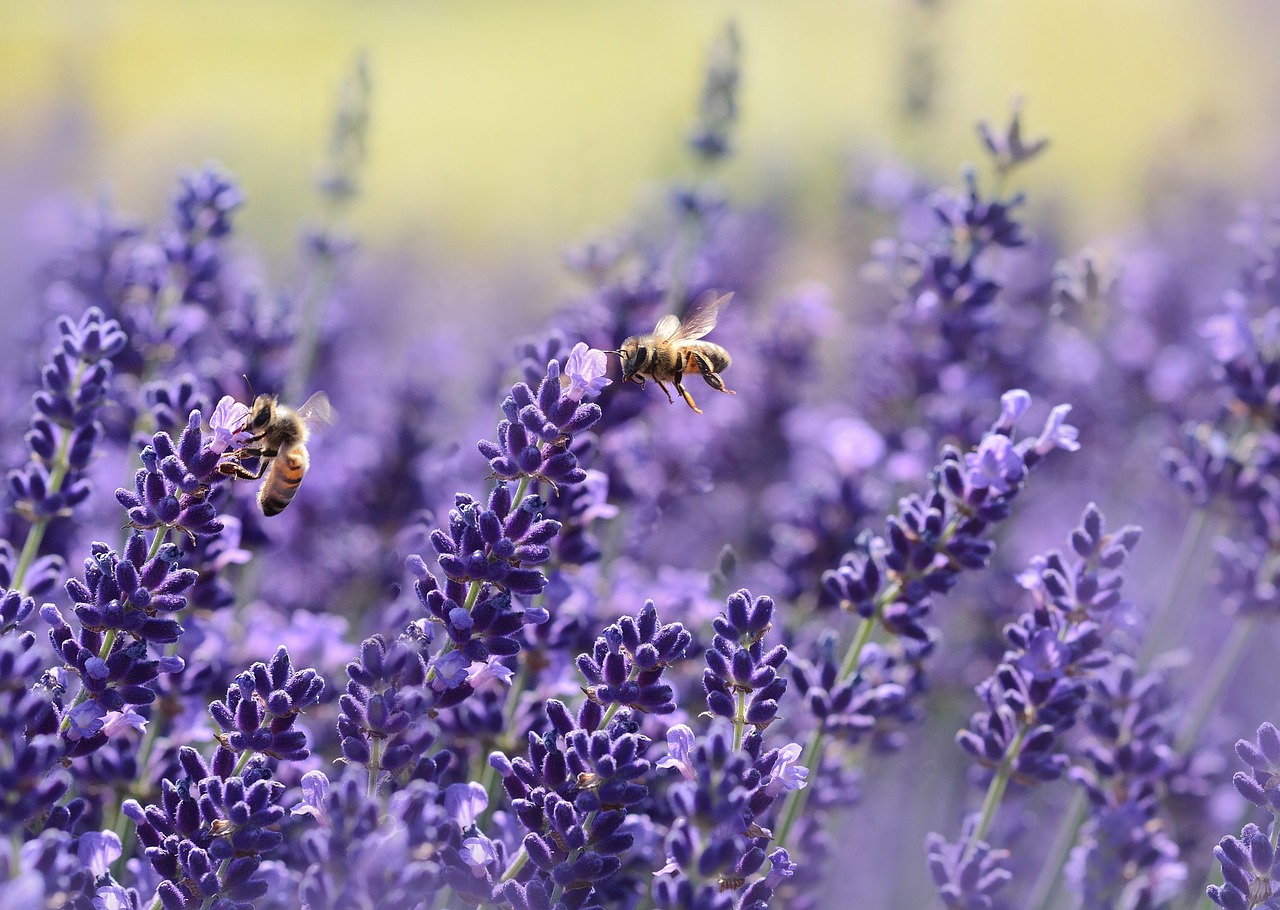Lavender, with its distinctive aroma and beautiful purple flowers, has been cherished for centuries due to its versatile properties. This herb offers a wide range of uses, from aromatherapy and topical applications to culinary and smoking purposes. In this article, we will explore the best methods of using lavender, with a special focus on smoking.
Aromatherapy
One of the most popular ways to enjoy the benefits of lavender is through aromatherapy. The essential oil extracted from lavender flowers contains compounds like linalool and linalyl acetate, which have been shown to promote relaxation and reduce stress 1. To use lavender for aromatherapy:
- Add a few drops of lavender essential oil to a diffuser filled with water.
- Turn on the diffuser and allow the scent to fill the room.
- Breathe deeply and enjoy the calming aroma.
Alternatively, you can add a few drops of lavender essential oil to a warm bath or mix it with a carrier oil like coconut or jojoba for a relaxing massage.
Topical Application
Lavender-infused oils, lotions, and balms can be applied directly to the skin to soothe irritation, promote wound healing, and improve overall skin health. The anti-inflammatory and antimicrobial properties of lavender make it an excellent choice for treating minor cuts, burns, and insect bites 2.
To create a lavender-infused oil:
- Fill a glass jar with dried lavender flowers.
- Pour a carrier oil, such as olive or almond oil, over the flowers until they are completely submerged.
- Seal the jar tightly and place it in a sunny location for 2-4 weeks, shaking occasionally.
- Strain the oil through a cheesecloth or fine mesh sieve to remove the lavender flowers.
- Store the infused oil in a cool, dark place and use as needed.
Culinary Use
Lavender flowers can add a unique and delightful flavor to various dishes, from sweet desserts to savory main courses. The key is to use culinary-grade lavender sparingly, as its strong flavor can easily overpower other ingredients. Some ideas for incorporating lavender into your cooking include:
- Baking lavender shortbread cookies or scones
- Infusing honey or sugar with lavender for a floral twist
- Adding a pinch of dried lavender to herbal tea blends
- Using lavender as a rub for grilled meats or roasted vegetables
Smoking Lavender
Smoking dried lavender flowers has gained popularity as a way to experience the herb’s calming effects. While more research is needed to fully understand the potential benefits and risks of smoking lavender, some people find it helpful for relaxation and stress relief.
To smoke lavender:
- Obtain dried lavender flowers from a reputable source, ensuring they are free from pesticides and other contaminants.
- Grind the dried flowers using a herb grinder or by crushing them with your fingers.
- Roll the ground lavender into a cigarette paper or pack it into a pipe.
- Light the end of the cigarette or pipe and inhale the smoke slowly and deeply.
- Exhale and repeat as desired, being mindful of your body’s response.
It’s important to note that smoking any substance can have potential health risks, including respiratory issues and exposure to harmful compounds. Always exercise caution and listen to your body when smoking lavender or any other herb.
Lavender Tea and Infusions
Lavender tea is a soothing and aromatic beverage that can help promote relaxation and improve sleep quality 3. To make lavender tea:
- Bring a cup of water to a boil.
- Add 1-2 teaspoons of dried lavender flowers to a tea infuser or directly to the water.
- Allow the tea to steep for 5-10 minutes, depending on your desired strength.
- Strain the tea into a mug and add honey or lemon if desired.
- Enjoy the warm, comforting beverage.
Lavender tinctures, another form of infusion, are concentrated liquid extracts that can be taken orally or added to beverages. To create a lavender tincture:
- Fill a glass jar about 1/3 to 1/2 full with dried lavender flowers.
- Pour high-proof alcohol (such as vodka or grain alcohol) over the flowers until they are completely submerged.
- Seal the jar tightly and store it in a cool, dark place for 4-6 weeks, shaking occasionally.
- Strain the liquid through a cheesecloth or fine mesh sieve to remove the lavender flowers.
- Transfer the tincture to a dark glass bottle with a dropper for easy dosing.
The recommended dosage for lavender tincture is typically 30-40 drops (about 1/4 teaspoon) diluted in water or tea, taken 1-3 times daily. However, it’s always best to consult with a healthcare professional or herbalist to determine the appropriate dosage for your individual needs.
Conclusion
Lavender is a remarkable herb with a wide array of uses, from aromatherapy and topical applications to culinary and smoking purposes. Whether you choose to enjoy the calming scent of lavender essential oil, sip on a soothing cup of lavender tea, or experiment with smoking dried lavender flowers, this versatile herb offers numerous ways to experience its benefits.
As with any herbal remedy or smoking practice, it’s crucial to exercise caution and listen to your body’s response. If you have any pre-existing health conditions or concerns, always consult with a qualified healthcare professional before incorporating lavender into your routine.
By exploring the various methods of using lavender and finding what works best for you, you can tap into the potential of this time-honored herb and enjoy its soothing, aromatic, and flavorful properties.

